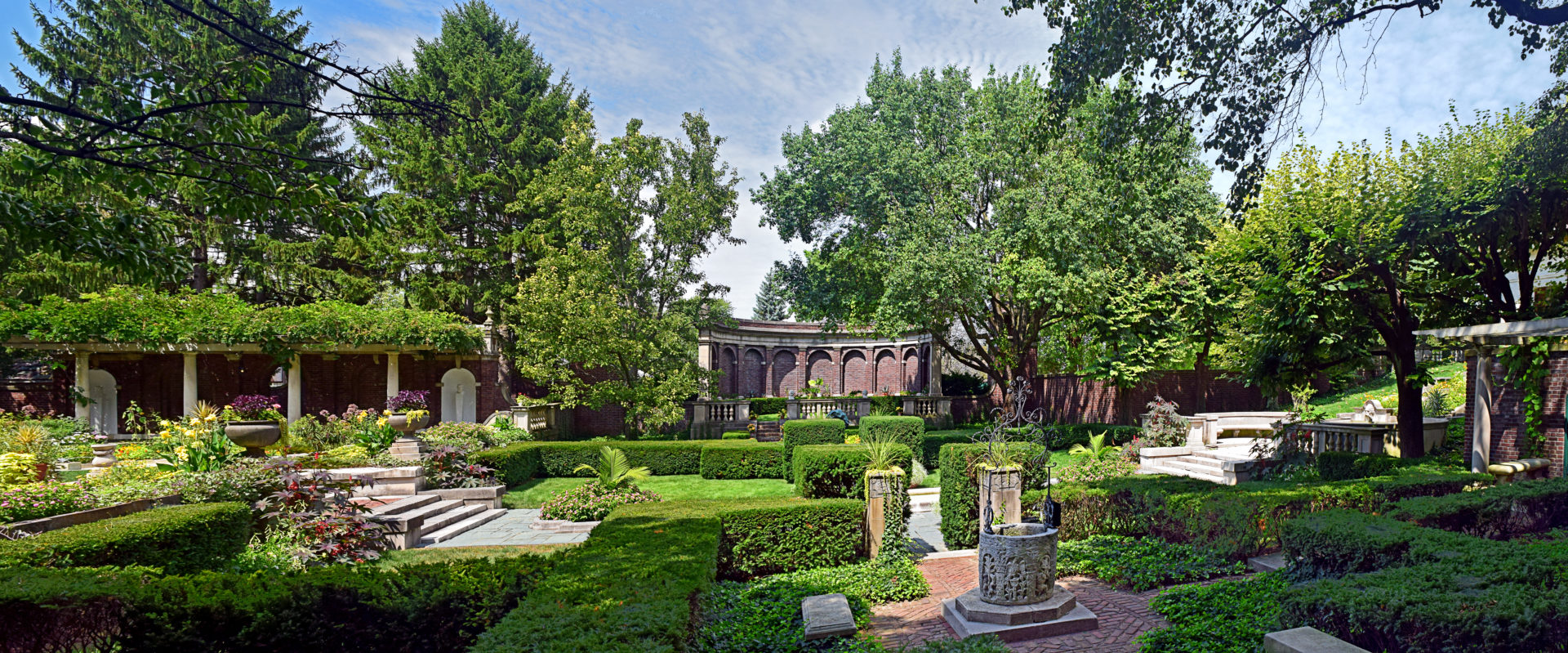NEWS
Tending To Cultural Landscapes
Central Park. Tree-lined boulevards. Battlefields and cemeteries. Maybe even your front yard. All can be examples of cultural landscapes.

“We have long paid attention to these hidden-in-plain-sight places,” says Marsh Davis, Indiana Landmarks President. “We’ve funded National Register nominations of sites and districts and advocated to save places where the landscape is an essential aspect we’re trying to protect. But Indiana Landmarks’ board found that landscapes are underappreciated and increasingly threatened, so we created a cultural landscapes committee to help us figure out how to celebrate and preserve these places where man and nature have intersected in deliberately designed ways.”
Chaired by board member Julie Donnell of Fort Wayne, the committee set as its first order of business the task of identifying significant places that should be on our radar—a herculean task, since cultural landscapes can seem to include almost everything you see. To begin, the committee commissioned a survey of one particular type: historic designed landscapes.
Examples may help you visualize what we’re talking about: Irwin Gardens in Columbus, designed by Arthur Shurcliff; George Kessler’s park and boulevard systems in Indianapolis, Fort Wayne, and Terre Haute; Lindenwood Cemetery in Fort Wayne; estates in Indianapolis and Hammond with grounds created by Jens Jensen; the Camp Chesterfield campus in Madison County, a 10 Most Endangered entry in 2015.
Threats to cultural landscapes can come from new development or highway widenings, such as the project that removed trees in the parklike grounds of Columbus’s North Christian Church, designed by world-renowned landscape architect Dan Kiley. Neglect, the more common foe, allows nature to gradually obscure if not obliterate designed landscapes.
Ball State and Purdue universities—both have landscape architecture programs—will conduct the survey, and we’re connecting with groups managing similar efforts, like the Friends of the Parks of Allen County which has undertaken a survey on a local level.
“We’re experts in preserving buildings,” says Donnell. “Now, let’s talk about where they fit in our world.”
Stay up to date on the latest news, stories, and events from Indiana Landmarks, around the state or in your area.
